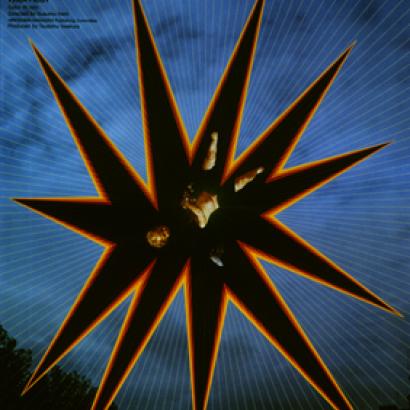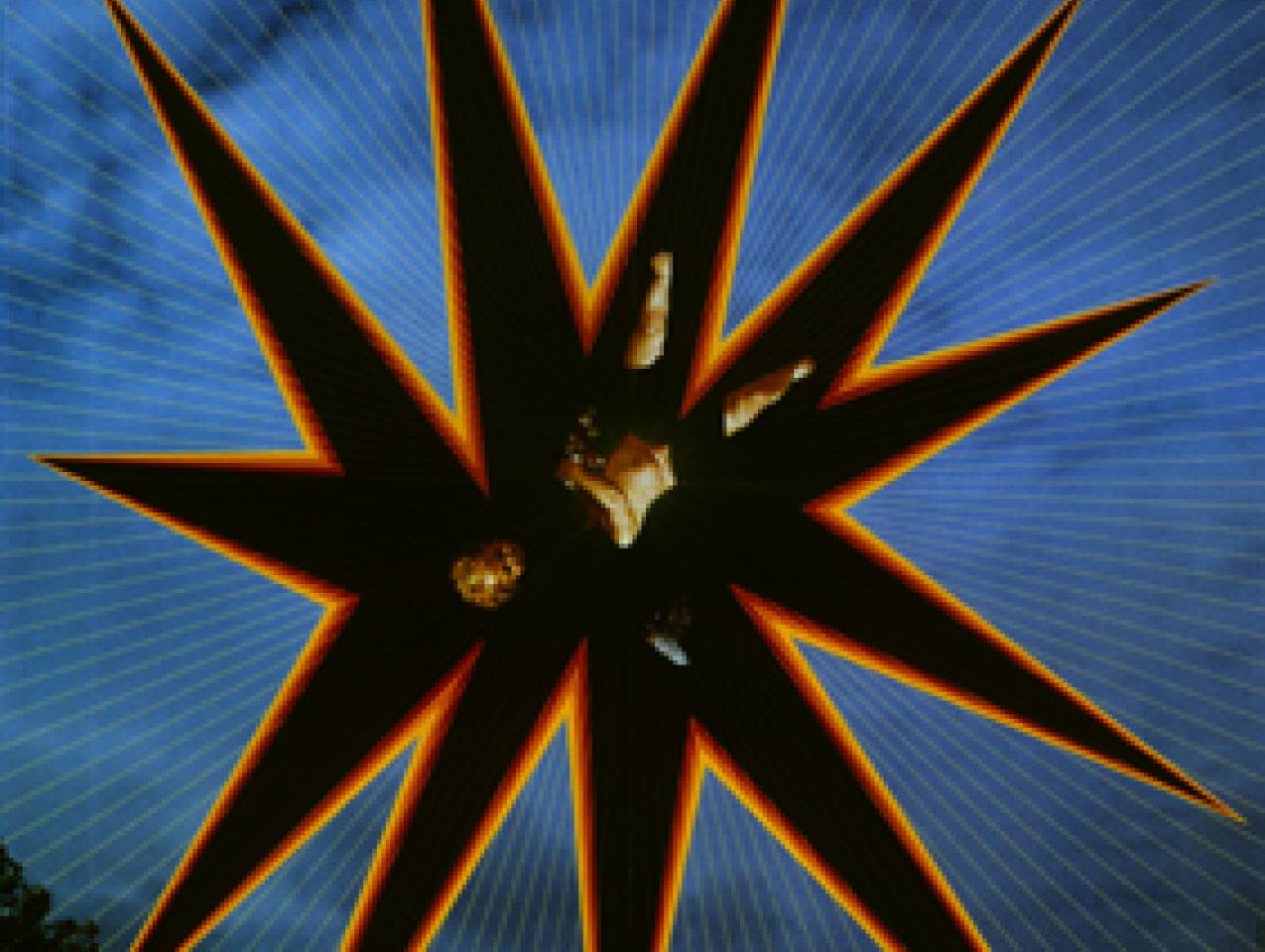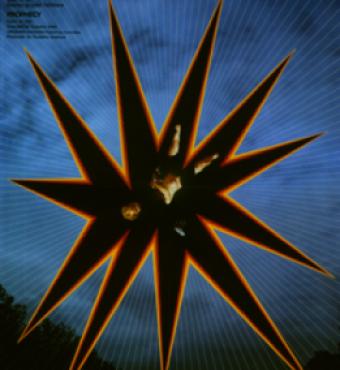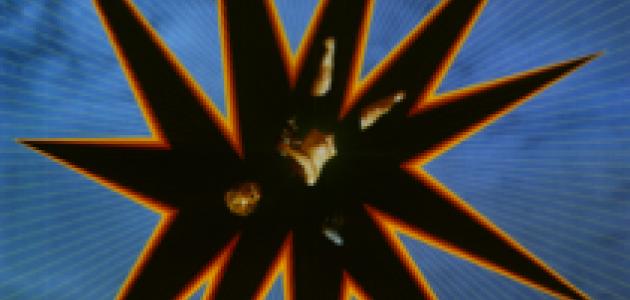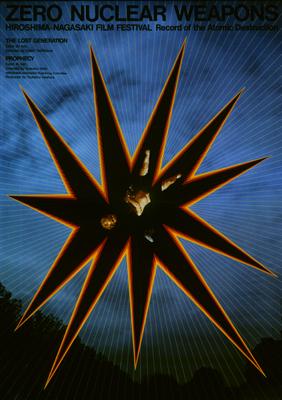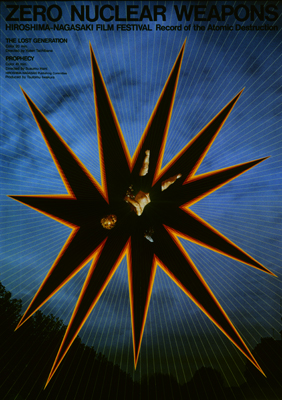
While the world is abuzz about North Korea’s nuclear weapons and ballistic missiles, it is Pyongyang’s conventional capabilities that are not given sufficient attention. As mentions of a general war with North Korea are hardly absent on a daily basis, this indolence on seriously dealing with Kim’s conventional forces is alarmingly dangerous, because, despite the global focus on Kim’s nascent nuclear weapons and missile programs, the actual fighting will remain overwhelmingly conventional, primarily because Kim knows that his strength lies preponderantly in his conventional capabilities, not nuclear or thermonuclear ones.
What are then the reasonable conventional military options that could remove North Korea’s offensive capability?
First, the North Korean regime is the world’s most militaristic state with the whole nation mobilized for warfighting. Unlike other communist states, most notably China, where the communist party controls the military, the military in North Korea, collectively known as the Korean People’s Army [KPA], exerts total control of all key aspects of the state and society guided by a sweeping cardinal principle called Songun (“Military First”). As a result, North Korea’s economy is severely tilted toward the military, without any meaningfully productive economic sectors to supply strategic provisions for the gigantic war machine, whose mere existence is heavily dependent on China for strategic supplies, from grain, oil, and meats, to financial services and trade. Therefore, the first phase of debilitating North Korea’s conventional capabilities is already being ably implemented by the international community led by the Trump administration, as President Trump has been able to reason, cajole, and threaten the recalcitrant Chinese government to essentially stop aiding the Pyongyang regime, the first American president who is succeeding in doing so in a quarter of a century. As of now, the effect has been devastating to North Korea’s war machine. A hungry army cannot fight a winning war.
Second, North Korea’s conventional capabilities have numerical formidability with significant technological inferiority, which can be exploited. Currently, roughly a quarter of North Korea’s entire population are armed and regimented, with 1.1 million on active duty (4th largest in the world) and nearly 6 million in reserve force (1st in the world). The Korean People’s Army operates 4,100 tanks, 2,100 APCs, 8,500 long range artillery pieces and more than 5,000 rocket launchers, 60-plus submarines, more than 11,000 AAA guns and an equal number of shoulder-launched missiles, over 500 naval warships, and more than 800 combat aircraft, all of which will wreak havoc on Seoul and other South Korean metropolises.
But much of the conventional hardware is obsolete, some being of WWII vintage or of mishmash design and parts specifications. The KPA’s air power is severely outgunned by the U.S. and its allies in the region. Its navy consists of mostly smaller craft with limited fire power, mostly a coastal defense marine force, with an awkward command structure that renders mutual reinforcement between its East and West coast fleets essentially meaningless. With limited force projection (especially air and sea lifts) capabilities, the KPA can be attacked from frontlines of our allies’ choosing, in places where its weakest links exist. Without the strategic depth that China or Russia used to provide, and with the KPA’s preponderant and concentrated deployment of capabilities along the 38th Parallel DMZ region, North Korea’s military is vulnerable to attacks from its rear, coastal lines, and potentially from the air where the KPA’s AAA and SAM air defense could still be formidable but not entirely insurmountable.
Third, our primary strategic concern should be with the KPA’s asymmetrical capabilities in a conventional war. Aware of its technological inferiority in comparison with the militaries of its arch enemies, the North Korean regime has developed formidable asymmetrical capabilities that could wreak havoc on South Korea, Japan, and even the United States. At present, North Korea has the world’s largest special force, with an astonishing 200,000 personnel, capable of conducting large scale sabotage, infiltration, industrial espionage, assassination, and political and psychological warfare against the South and beyond. North Korea also has a good cyber and computer education system that has supplied a sizable cyber army which has become the world’s largest state-sponsored bank robber by stealing about $1 billion each year from various foreign banks. In addition, the KPA also operates many internationally banned programs including chemical and biological weapons, and anti-personnel lasers. It has also developed electromagnetic pulse bomb and GPS jammer capabilities that could disable our allies’ tactical communication and guidance systems. The U.S. and its allies have the advanced technology to deal with these asymmetrical threats, but we must take them more seriously with sufficient investment in countermeasures.
Fourth, North Korea’s command and control system is extremely centralized, which makes it vulnerable to decapitation operations. Such highly rigid military command stifles field commanders’ flexibility in adapting to battlefield situations without fear of being shot by its dictator at the very top. In other words, the KPA’s command and control could be paralyzed and North Korea’s military may well share the same fate as the quick collapse of Saddam Hussein’s military command system once the first shots are fired and its top commanding authority is paralyzed.
The views expressed here are the author's own. They do not represent the official views of the U.S. Government.







